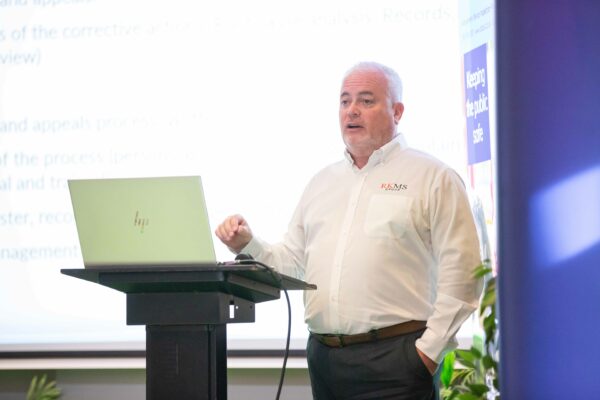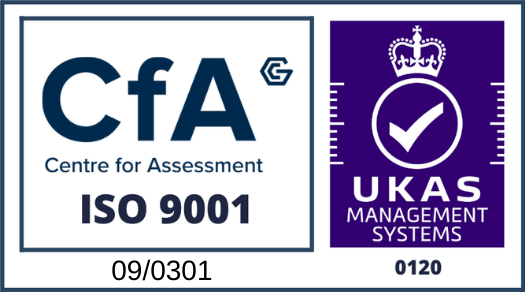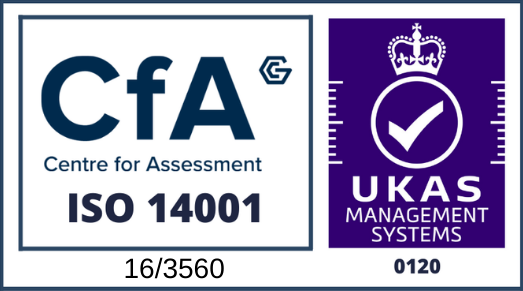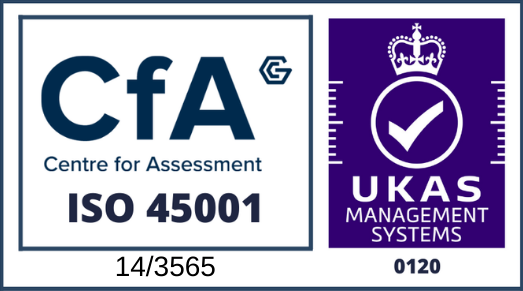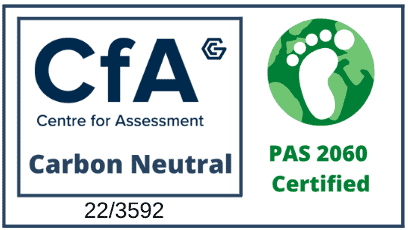
British Airways
The Accelerate Programme

British Airways
The Accelerate Programme
Case Study Overview
Industry:
Travel / Tourism
Transport / Logistics
Service:
Outcome:
£20,000 identified improvements
Contacts
About British Airways
British Airways Maintenance Glasgow is a short haul major maintenance centre of excellence. Built in 1964, the facility contains two aircraft bays providing comprehensive maintenance of Boeing 737 and Airbus A320 family aircraft.
“The team at BAMG got a lot out of the LMT programme. It’s given us the tools to look at our processes and procedures and really understand where they can be improved on. We found the lean tools were excellent at breaking down and analysing very complex processes. We currently have a few other projects started, using the same tools we used on this one. Very worthwhile programme”
Lean Project
The project was to apply Lean principles to non-standard defects during the maintenance overhaul process.
The team began to process map activity, and this highlighted inefficiencies within the following areas:
- Accumulation of data
- Availability of tools
- Availability of skills
- Availability of materials / spares
Outcomes
In progressing ideas for improvement, the team created value added observation charts which demonstrated a high level of non-value-added activities due to current processing issues. This is creating a pathway to improvement as every day that aircraft maintenance runs over schedule a cost of £12,000 is incurred.
- All PSE information cards will be available in one area – now able to visually “scan” the cards for issues.
- PSE information will now be standardised eliminating duplication and the searching from manuals.
- Feedback from engineers will be visibly available building a database of recurring defects.
- Non-value-added activity will be highlighted at source on a continuous basis to monitor the effectiveness of the process.
- Defects will be tracked consistently which is a major benefit as this will reduce the impact of last-minute errors due to paperwork inefficiency.
- The planned financial value will be approximately £20,000.00.
Interested in implementing a lean project within your organisation?
Our lean programme has run for over 20 years throughout the UK being and has been applied to nearly every industry. To date the programme has identified in excess of £65m in benefits across 650+ companies.
Talk to us today to see how the programme can assist your business.
Related Case Studies

Case Study: British Airways
Services:
Lean Management
Outcome:
£20,000 identified improvements
Find out more!
Have a question?
Speak to our team on 0300 373 0128
Case Study Overview
Industry:
Travel / Tourism
Transport / Logistics
Service:
Outcome:
£20,000 identified improvements
